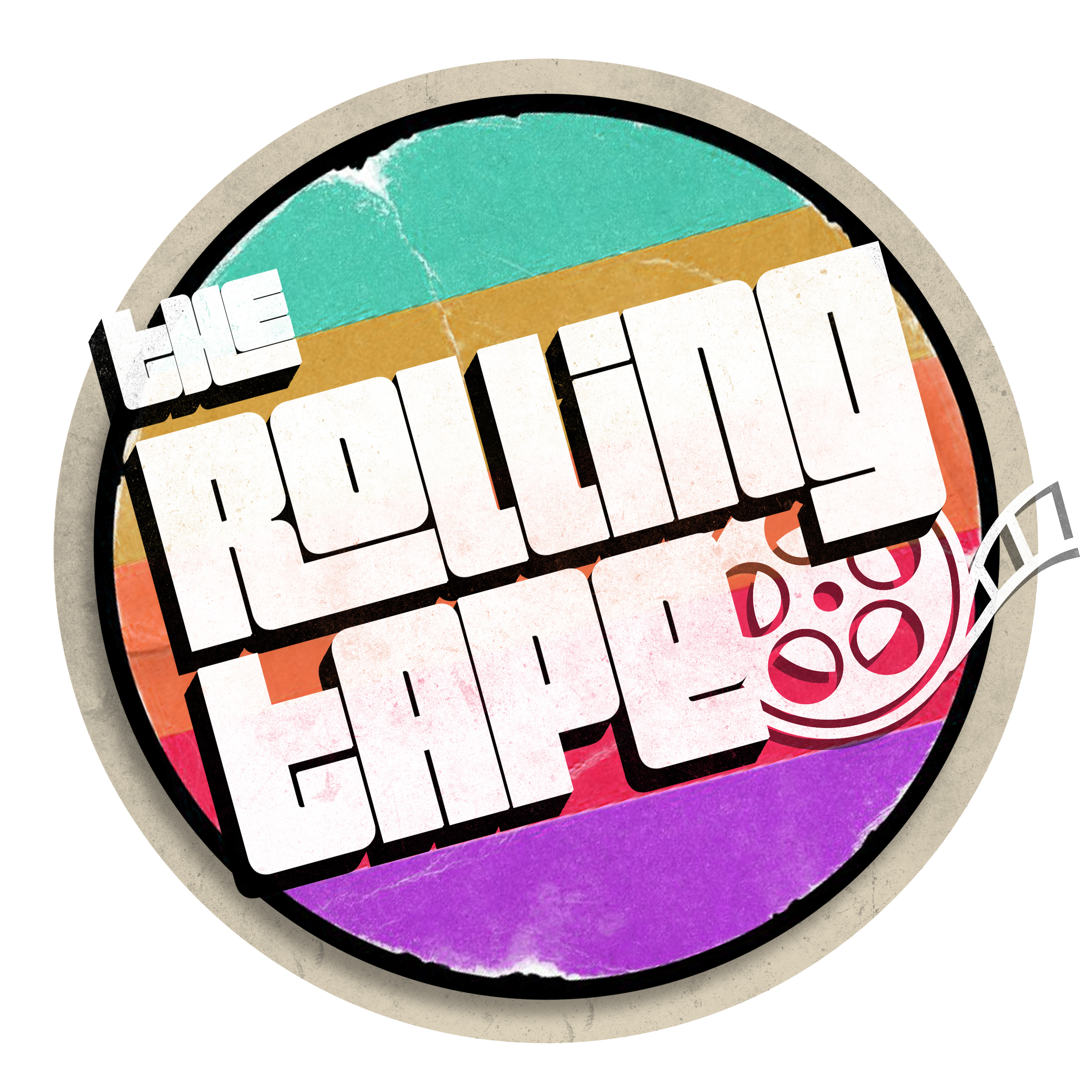By 2003, Disney had developed a reputation for magic and fantasy. Numerous iconic animated films had been released, including but not limited to: The Little Mermaid (1989), Beauty and the Beast (1991), and The Lion King (1994), among others. Despite these classics being loved by audiences, a break from the formula was necessary in order to keep audience members guessing with each new release. Enter animator Chris Sanders with an idea for a creature crash-landing on Earth and trying to bond with humans.
Lilo & Stitch (2002) broke the formula for Disney by telling a wildly unconventional fish-out-of-water story while also exploring Hawaiian colonization and tourism. A film this ambitious would be hard to replicate nowadays, but Disney has certainly tried with reasonable backlash. What makes Lilo & Stitch so special is its commitment to weirdness and how it places emphasis on family relationships, especially nontraditional ones.
Nani (Tia Carrere) and Lilo’s (Daveigh Chase) relationship is the emotional crux of the entire story, as the story outside of Stitch centers on Nani losing custody of her last living relative. Carrere brings a realistic energy to Nani through her vocal performance, giving her maturity while simultaneously depicting her unsure situation. As a big sister myself, she nails the protective nature many big sisters feel toward their younger siblings.
Chase’s performance as Lilo is also stellar, especially when she faces bullies, social workers, or intergalactic threats. Chase resonates specifically as a child who also dealt with difficult social situations involving bullying and ostracization. The dynamic between Nani and Lilo will go down in history as one of the most iconic sister relationships in modern cinema.
It’s hard to talk about Lilo & Stitch without talking about the other titular character. Stitch (played by co-director Sanders) became one of Disney’s most iconic characters due to his unique design and voice. Sanders brings Stitch to life in a way that, frankly, no one else could have due to his passion and love for the character. Bringing a character to life through Disney animation that is such a stark departure from their previous work at the time must have been a substantial risk, but it paid off with a mixture of heartwarming storytelling and intergalactic mayhem.
Stitch gives Lilo a great mirror to work off of as she grows and finds herself during the film. Two characters ostracized by their respective communities in different ways, finding comfort and solace in each other, reassures children that you will find your people; it is worth waiting for someone who actually cares about you, rather than trying to make friends with people who very clearly do not. This also ties with the themes of tourism explored throughout the film, with the tourists on Lilo’s island of Kauai feeling more alien to her than a literal extraterrestrial.
Despite the colorful child-oriented animation of it all, Lilo & Stitch tells a very emotionally mature story of the importance of family (in whatever form) and not leaving that family behind or forgetting them. The idea of ‘ohana and the cultural implications of including a theme like that in a film that centers on native Hawaiians are vital for the film to succeed narratively. The film is so important because Nani and Lilo stick together despite the state attempting to separate them. Despite the remake from last month attempting to replicate these themes, its ending is so neglectful of the concept of ‘ohana that it feels like a cash-grab to reel in existing fans.
It would be nearly impossible for Disney to capture the same heartfelt original storytelling seen in this film because of the company’s commitment to remakes and cash-grabs over meaningful storytelling. Lilo & Stitch works so well because of the blend of originality with commentary on Hawaiian tourism, all told through a children’s film. This film was a big swing for Disney, but it worked because they took a risk and did not play it safe, which is what they are largely known for today. I fear there will not be another film this original for Disney for a long time. The studio has shifted so far from its original intentions that it would be baffling to see a film as innovative as Lilo & Stitch today.
Lilo & Stitch is one of the most important children’s films of the 2000s due to its mature yet endearing approach to a fish-out-of-water narrative, blending complex emotional themes and an alternative version of family with a comedic and fun sci-fi children’s film. A film like this simply could not be made today, and Disney’s treatment of Chris Sanders’ material in the live-action remake is disingenuous and contradicts the themes of the film. Regardless, Disney is undoubtedly responsible for one of the defining films of my (and many others’) childhood and coming of age.
Retrospective Courtesy of Nadia Arain
Feature Image Credit to Walt Disney Pictures via IMDb

Recent Comments